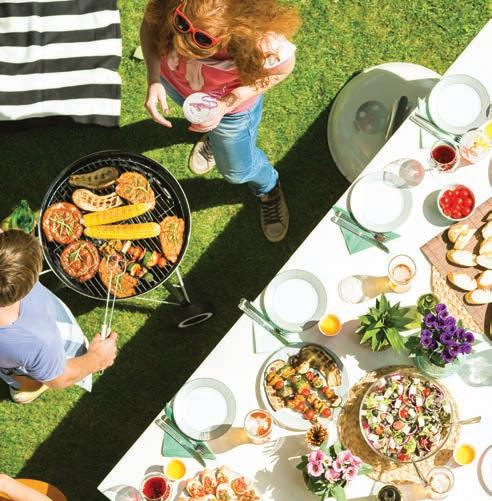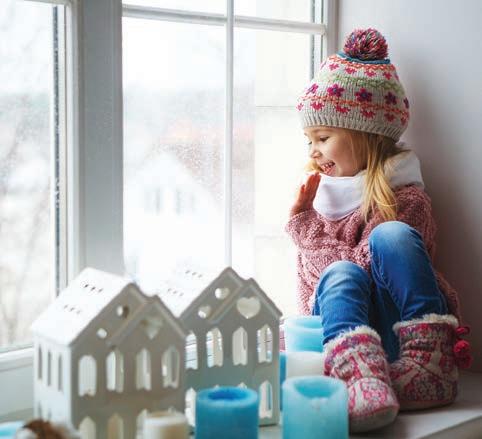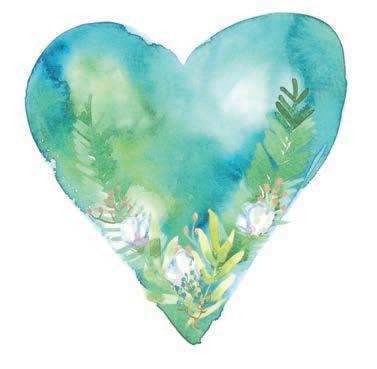
5 minute read
Christmas Traditions
Christmas: who does it better?
The first COVID Christmas means the season to be jolly will look and feel a lot different for most Australians this year. But for tens of thousands of immigrants it will quite literally be a world away from the type of festivities they are used to.
WORDS: TRACEY PORTER
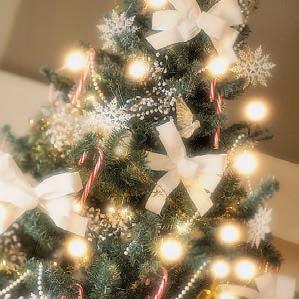
From cheesecake and clerico to panettone and prawns, the rituals many Australians adopt in the lead up to Christmas are anything but traditional.
For those who have grown up here, the silly season invariably involves a mixture of surfing santas, drinks with neighbours, festive road trips, backyard cricket and an abundance of seafood platters.
Enclosed footwear is as rare as a cold barbecue and a warm beer and locating an empty esky nigh on impossible.
A far cry from the romantic snowladen, garish festive jumper-wearing, sleighbell-ringing, carol-singing, mulled wine-swigging, turducken-chomping festivities that advent calendars and cheesy television commercials would have us believe represents a traditional Chrissy.
But for the 7.5 million migrants (or one third of us) who were born overseas, the combination of summer and seafood means it will never replicate the Christmases of their birthplace.
Christmas changed dramatically for then 11-year-old Vera Luczo, when her family emigrated to Australia from a small Serbian village, where they lived in poverty.
For a start, in Serbia, Christmas is on January 7, as per the prevailing religion of Serbian Orthodox Christianity.
Vera says her family could not afford a Christmas Tree so had to make do with breaking a small branch off a tree and wrapping it in foil. The children would hang wrapped lollies and walnuts tied with string on the branch for decorations. Traditions included the throwing of lollies and walnuts into the corners of the rooms for good luck, and the giving of a small gift, such as a lolly or a towel, to the first person to walk into your house on the belated Christmas Day, Vera recalls. There was never money for a true feast, but her parents always made the table special – if it was finding a bit of smoked meat for the cabbage rolls or killing a chicken for fresh chicken soup – both big treats. If the kids got a banana or orange for Christmas they were delighted, she says.
After settling in Australia, the family kept marking January 7, with December 25 becoming an added bonus. After all, who would say no to two Christmases’?
Vera says her favourite things about Christmas in Australia are in the build-up – all the decorations and Christmas music. Her memory of Serbian Christmas music is limited to harmonica tunes.
Vera’s husband Steve spent his first 11 years in a small Hungarian village, before his family immigrated to Australia in search of better job opportunities.
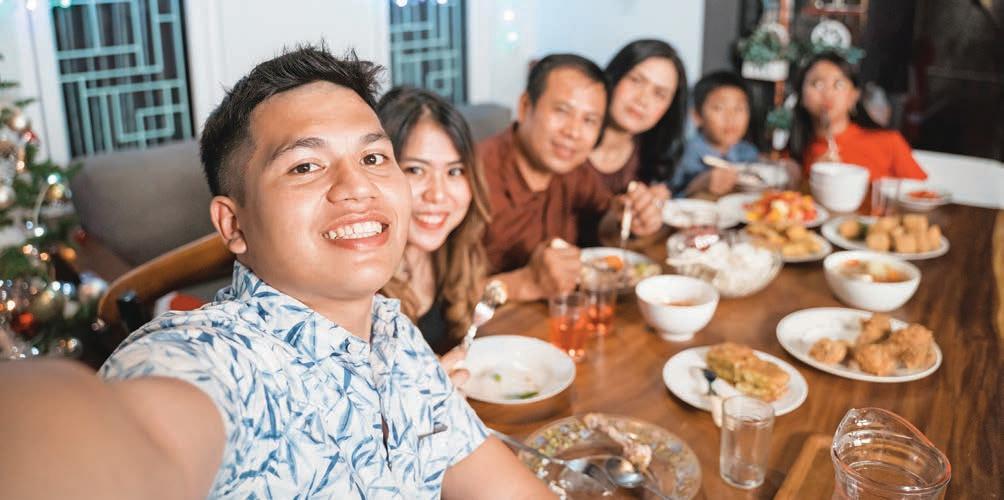
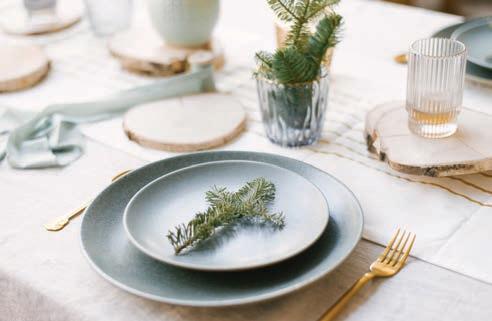

Hungarian Christmas traditions are very similar to Australian ones, with Santa Claus coming down the chimney to leave the presents and crackers on the table.
The family would get a tree a few weeks before Christmas, which would be decorated with lollies, real candles, baubles and tinsel. During the two-week school holiday he remembers building castles and snowmen, and listening to door-to-door carol singers and sleighs – drawn by horses, rather than Rudolph and his mates, with bells appropriately jingling.
The Luczo family Christmas meal would include any meats they could afford, including pork, chicken, perhaps a turkey and lots of vegetables. It also wouldn’t be a Hungarian Christmas without soup. Christmas sweet treats would include wafers, sweet balls and other local pastries.
Apart from the weather, Christmas in Australia was similar to what he knew, but “on steroids” in terms of excess and money spent compared to his homeland. After so long in his adopted country, Steve now believes the best thing about an Australian Christmas is the sheer variety of food that can be had at this time of year.
Like the Luczo’s, Paraguayan Patricia McCusker has lived in Australia for some time now. Despite this, she still finds it difficult to reconcile an Australian Christmas with the Paraguayan style of doing things.
Most Paraguayan families celebrate Christmas on Christmas Eve, she says, with the main meal consisting of turkey, ham, chicken, beef, rice, potatoes, salads and a unique cheesy corn bread called Sopa Paraguaya. Lots of drinks are consumed, including Clerico, a specialty alcoholic punch.
The evening commences with Midnight mass before the opening of presents is allowed. It concludes with Latin dancing until the wee hours.
Patricia says while she loves the Australian way of doing things, she does find it a little odd that there is generally no hot food in sight.
“It’s just salads, cold chicken, cold ham, prawns etc because of the summer heat. This is despite the fact that Paraguay has 40-degree plus heat and 90% humidity but they still manage to cook and eat hot food at Christmas and in the summer heat.”
Sharon Butterworth, who was born in the UK but is about to spend her first Christmas back in old blighty after 25-plus years in Australia, says while she remains a big fan of some Australian Christmas traditions – such as pavlova and a champagne breakfast – she’s not sure her mother ever quite adapted to Yuletide Oz-style. “For the first couple of years we were out there Mum insisted on keeping up our previous tradition of decorating our windows with a snow scene, complete with black tape to create olde-style windows. “[Now that I think about it] it did look quite odd in the 30-degree temperatures.”
